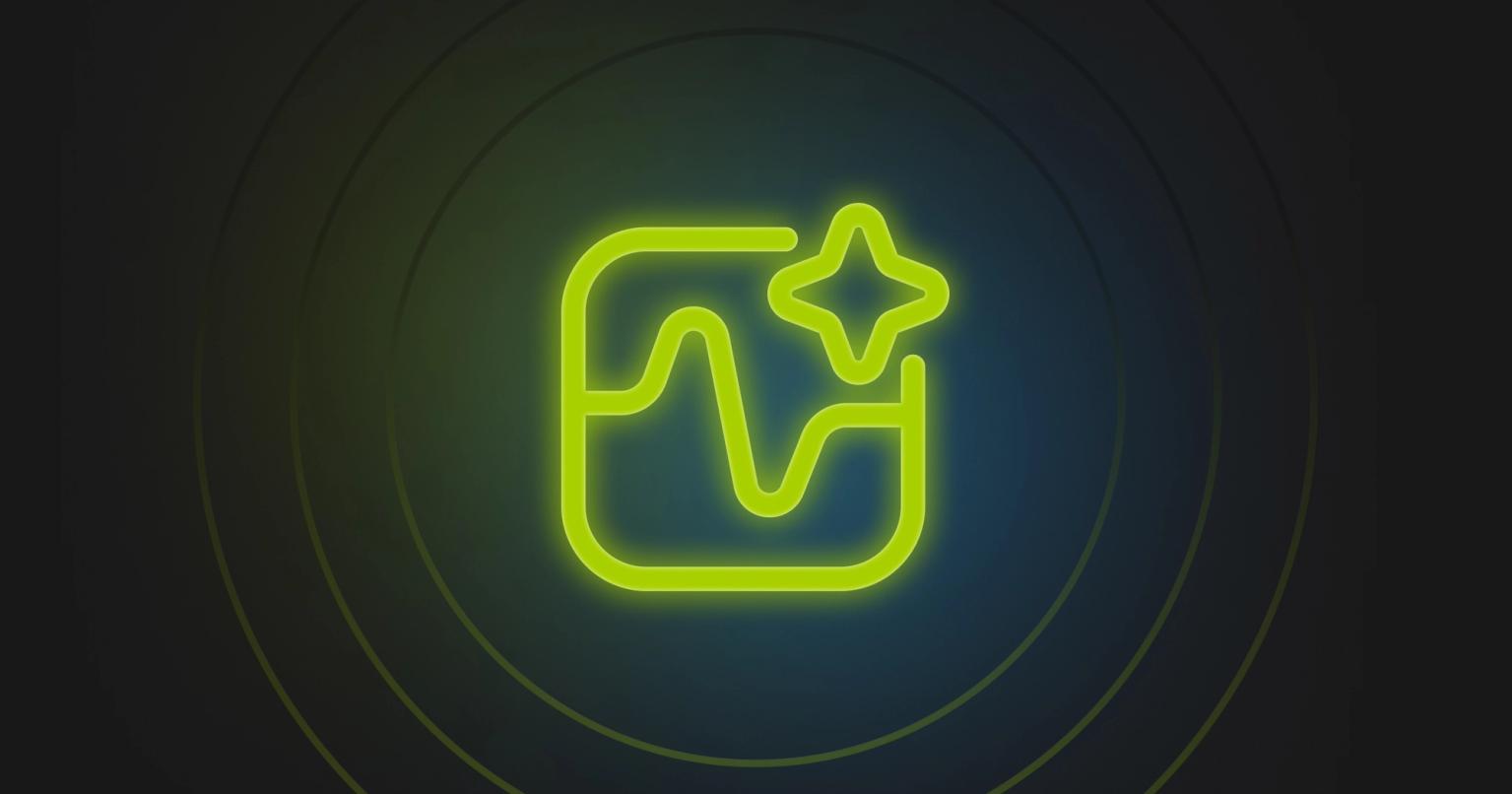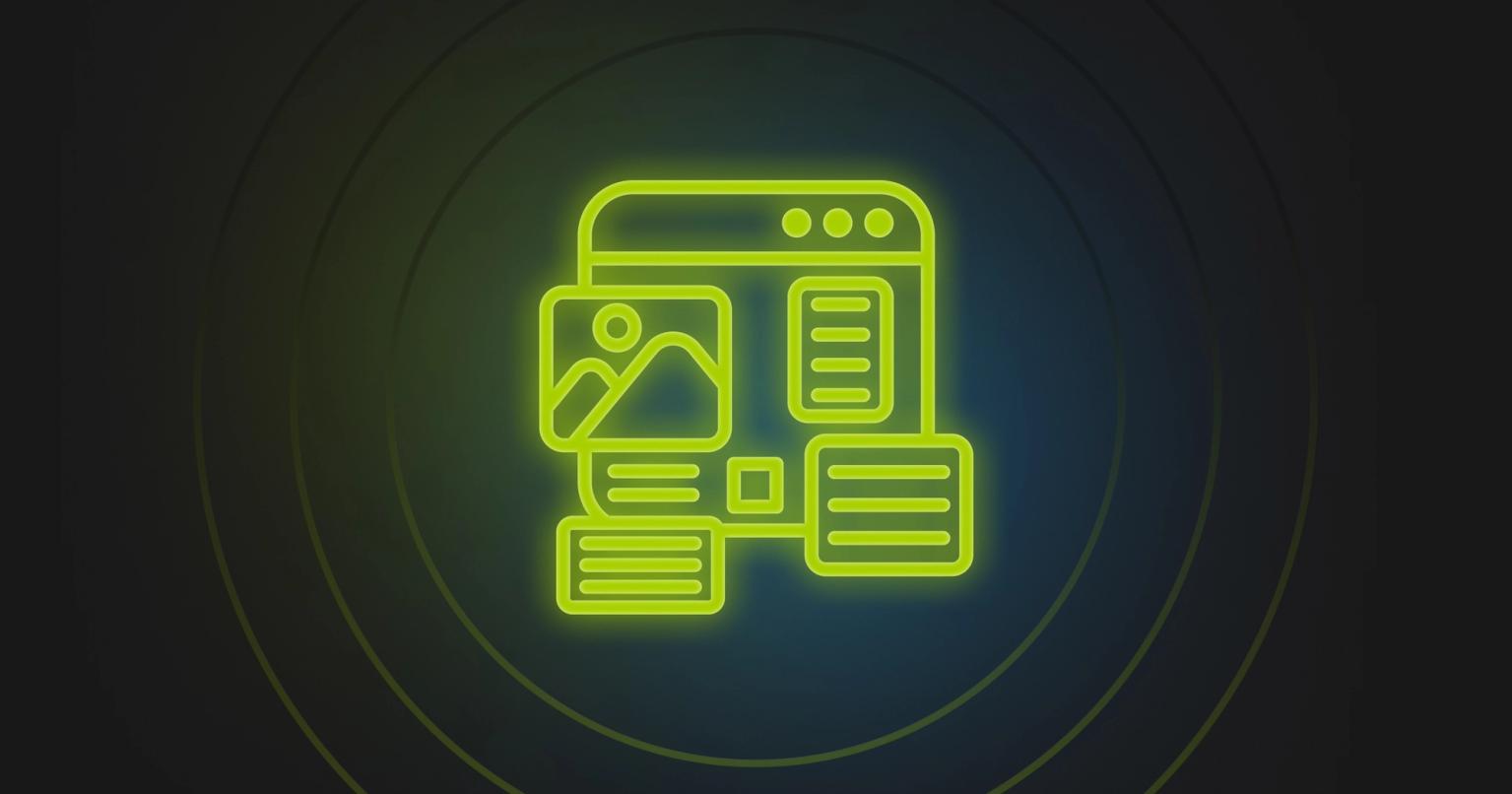On-Trend: Email Marketing Trends to Watch in 2020

Pierre Hage
Marketing, Knak
Published Dec 10, 2019

Summary
Explore the top email marketing trends of 2020, including collaboration, mobile-first design, and AI, to enhance your marketing strategy.
Email marketing trends are nothing new. Trying to make sense of them can be a bit daunting, though. Everywhere you look, you’ll find another list telling you exactly what you should be doing to attract new customers and stay ahead of the competition.
We are marketers ourselves, and our experience on the client side has given us some insight into the trends that can really influence your bottom line and those that are just a flash in the pan.
In reviewing our choices for the top marketing trends of 2020, we took a look at what our customers have to say. After all, some of the best marketers in the world are our customers, so between them and our own team, we’ve got some expert insight close at hand.
Here are the trends we think are poised to have the biggest impact in 2020:
- Collaboration
- Mobile-First Design
- Animated & Live Content
- Personalization
- Minimalism
- Interactive Design
- AI & Machine Learning Systems
You’re probably already making some of these moves. Some of them are just now becoming possible in today’s MarTech landscape. But all of them can have a lasting impact on your marketing strategy, not just deliver a temporary bump in your KPIs.
Read on, and then weigh in. We’d love to know what trends you’re excited about right now.
Trend #1: Collaboration
As marketing departments trend towards decentralization, the need for collaborative tools is on the rise. In our 2019 Email Benchmark Report, customers noted once again that the collaboration capabilities offered by marketing automation platforms are unhelpful, leading them to rely on third-party integrations to manage workflow. For example, developing Marketo templates isn't done in isolation in a single system and requires a campaign creation workflow.
Even those who don’t use Marketo seem to feel the same way: they’re tired of working in silos, and they need software in their MarTech stack that can keep their team in alignment and their projects on track.
As 2020 kicks off, we think we’re going to see more and more marketing teams adopt collaborative tools and workflow software that manage the details so they can get their emails out the door faster.
We use Asana for project management, and we love that it keeps our projects organized while giving our (largely remote) team a central location to communicate about tasks.

Source: Asana
Workfront and Wrike are other great options for project management.
For email approvals, we drink our own champagne and use Knak’s collaboration tool to streamline the process. Anyone on the approval workflow can provide feedback right in the platform, and it’s easy to track progress through the email center. It makes the approval process much simpler and speeds up our time-to-email.
Trend #2: Mobile-First Design
Rather than just optimizing their designs for mobile, many organizations are turning to mobile-first design. Mobile browsing has surpassed desktop browsing 53% to 37%, and Litmus reports that mobile is the most popular email reading environment, with 42% of all emails being opened on a mobile device. Even mobile purchasing, once a very small percentage of revenue, has increased 23% year-over-year, leading to a push for mobile optimization across digital marketing channels.
A minimalist approach to content and design will help facilitate mobile optimization.

Source: Litmus
While you may not be ready to take a mobile-first approach yet, we wouldn’t be surprised if the bulk of emails are built this way in the near future.
Trend #3: Animated & Live Content
Animated content is a great way to grab interest and boost engagement. Animated CTAs, GIFs, and other short animations draw attention, and they continue to become more prevalent as marketers start to see the benefit. In fact, we use them ourselves in our digital newsletters:

Live content is also gaining popularity, and we love it because it populates any time the email is opened, keeping it up to date and engaging for readers.
Some popular examples: weather forecasts, countdown clocks (usually to the beginning or end of a sale), and sports or survey results, like this example from Xfinity:

Source: Litmus
With this email, readers can see live poll results and add their own voice to the mix. It’s fun, and it adds a level of interactivity that feels fresh.
The main caution here is to make sure your animations are engaging but not overwhelming. Too many flashing objects are distracting — some may even say annoying — and if they’re leading to slow email load times, you’re negating the benefits.
Trend #4: Personalization
Personalization is not new, but as inboxes get more crowded, you need to do it better if you want to stand out.
Fortunately, we’ve got good news: customers are willing to give up more data in order to receive better personalization. In fact, according to a study by Liveclicker, 55% of customers say they prefer email messages containing relevant products and offers.
Check out this example from JetBlue:

Source: HubSpot
This email is in perfect keeping with the brand’s tone, and the personalization is on point: it calls out shared experiences and provides relevant content that’s tailored to the reader.
Other great examples of this include Amazon and Netflix, whose customized product and viewing recommendations draw users back in and keep them engaged.
Note: We recommend Campaign Monitor’s Ultimate Guide to Personalized Email for an in-depth look at email personalization.
Trend #5: Minimalism
A “less is more” approach is king right now, and with good reason. Litmus reports that the average read time for an email is only 13.4 seconds, so you’ve got a very limited amount of time to get your message across.
A clean, minimalistic design feels authentic and allows for easier consumption, but it does not mean your design has to be black and white. Choose a simple color scheme that enhances your branding, like Hawthorne does here:

Source: Really Good Emails
Their design is clean, the content is minimal, and the entire thing is highly scannable. When your emails are this easily digested, you drive the focus toward your CTA, increasing the likelihood that readers will click thru.
A few other benefits here: a minimalistic design is easier to create and easier to make mobile-friendly.
Trend #6: Interactive Email Design
We’re big fans of anything that simplifies the user experience, so asking users to rate or review an item in the body of the email itself gets high marks from us.

Source: Omnisource
This is super easy for users – they don’t have to follow a link to leave a review, and the simple connection between the email content and their instantaneous response encourages a higher level of engagement.
Organizations like Capital One frequently include a brief survey at the bottom of their emails asking users to choose from a set of smiley faces to rate how helpful the email was.Home Depot and many other retailers use emails like the one above to allow users to instantly rate products. Sephora takes it a step further by letting users pin products directly to their Pinterest boards.
On your end, this kind of discovery will help you tailor your content to make it more relevant and drive participation.
The end goal here is the ultimate interactive email experience: allowing users to check out in an email. The tech isn’t quite ready, but we bet it will be soon, so including some interactive content in your emails now is a great way to stay in step with the trend.
Trend #7: AI & Machine Learning Systems
AI-designed emails may eventually be the holy grail of email personalization. Imagine being able to use exactly the right subject line, product suggestions, and interactive content, and make sure your email is sent at the optimal time.
We’re not quite there yet, but in the meantime, you can start to reap some of the benefits of AI and machine learning, and one of the keys here is modular email design.
Email building programs based on modular design make it easier to use machine learning to insert relevant content into emails based on rules set by the developer. It’s a step in a very future-forward direction, and it’s a trend we’re excited to see unfold.
AI and machine learning aren’t without their drawbacks, of course. Safeguards are needed to keep AI-driven content from seeming, well, artificial.
Note: For a guide to the basics of AI and machine learning, check out How to Use Artificial Intelligence in Email.
Customer Experience > Trends
Times change, right? The world of marketing moves quickly, and the things that were on trend a few years ago have likely been replaced, updated, and modernized.
That’s part of what we love about marketing. We get excited about new tools and new technology, so lists like this have us thinking of a thousand different ways to update our strategy.
But we know that delivering a first-rate customer experience is job #1, so we don’t stress out about trends. We evaluate them through the lens of customer experience, and if it’s something that’s going to make life better for our clients, we work to make it happen.











